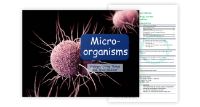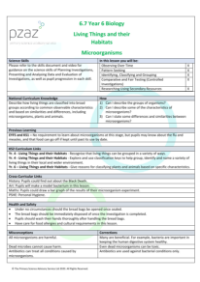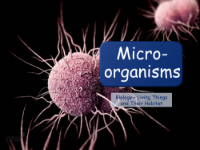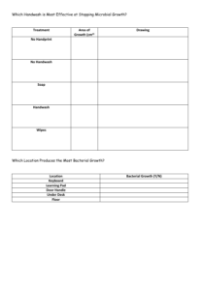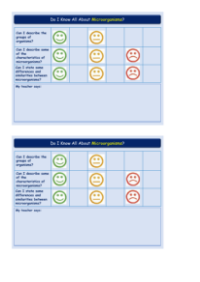Microorganisms - Teacher Explanation

Science Resource Description
Welcome to Lesson 6.7 on microorganisms, an essential component of the Year 6 unit on living things and their habitats. The National Curriculum mandates that students learn to classify living things based on common observable characteristics and differences, which includes an understanding of microorganisms, plants, and animals. A key health and safety note for this lesson is the strict instruction that once pupils have sealed their bags with bread for experimentation, these bags must never be reopened, even for examination. After the lesson, the bags should be disposed of safely, and pupils are to wash their hands thoroughly. Additionally, teachers must be mindful of any food allergies and cultural considerations within the classroom.
During this interactive lesson, pupils will create a fact file on different classes of microorganisms, such as protozoa, bacteria, algae, fungi, and viruses, using paper and coloured pens. They will note down examples of each class, draw representative pictures, and determine whether they are beneficial or harmful to humans. Another engaging activity involves making an edible 'biscuit bacteria', where students will use various confectionery items to model the parts of a bacterium, reinforcing their learning about bacterial structures and functions. This lesson also offers a practical demonstration on the spread of germs through skin contact using glitter and baby oil, visually illustrating the importance of good hygiene practices. The students will conduct experiments to determine the efficacy of different hand washes in preventing microbial growth, using bread and resealable bags to observe and record results over time. This lesson not only educates about microorganisms but also integrates history, art, maths, and PSHE, making it a comprehensive and enjoyable learning experience for all.

